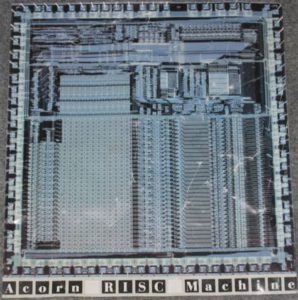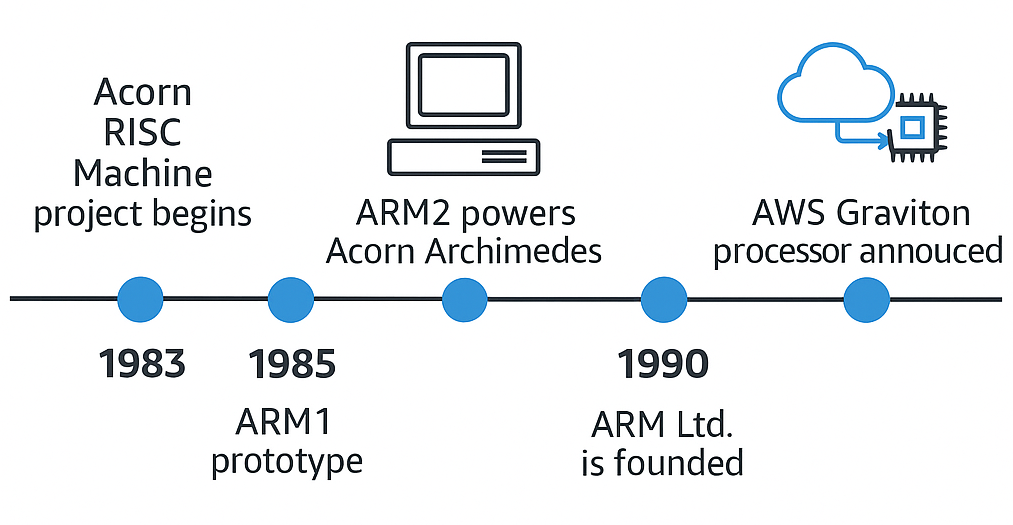The cloud has always been about choice—choice of services, architectures, and cost models. Over the last few years, another choice has emerged that’s reshaping cloud economics and performance: moving from traditional x86 instances to AWS Graviton, Amazon’s Arm-based processors designed specifically for the cloud.
The Shift Away from x86
For decades, x86 architecture dominated enterprise workloads. Its ecosystem of software, tools, and developer familiarity made it the default choice. However, as workloads moved to the cloud, organizations started questioning whether “default” equals “best.” In a world where efficiency, scale, and sustainability matter more than ever, x86 often can’t deliver the optimal balance.
AWS Graviton is purpose-built for cloud workloads. Designed in-house by AWS, Graviton chips take advantage of Arm architecture, which is inherently more power-efficient. But the value isn’t just about energy savings—it’s about total performance per dollar.
Key Benefits Driving Migration:
-
Performance Gains
Graviton delivers up to 40% better price-performance compared to comparable x86 instances for many workloads (such as microservices, web servers, and containerized applications). With support for high-bandwidth networking and faster memory, workloads can scale without bottlenecks.
-
Lower Costs
Customers consistently see significant cost reductions—often 20–40%—when migrating workloads to Graviton. In today’s climate of cost optimization, those savings directly impact the bottom line.
-
Sustainability
Graviton uses less power to deliver the same or better performance than x86 alternatives. Enterprises with sustainability commitments find this attractive, as reducing cloud compute energy aligns with their ESG goals.
-
Breadth of Workload Support
AWS has made Graviton instances broadly compatible across EC2, containers (EKS, ECS), Lambda, RDS, and analytics services. Most open-source software compiles natively for Arm, and AWS provides migration tooling to ease the transition.
-
Future-Proofing
With Graviton3 and Graviton4, AWS is innovating faster than traditional chip vendors. Early adopters benefit from continuous gains in performance, AI acceleration, and networking.
Real-World Use Cases
-
SaaS Providers: Delivering multi-tenant workloads at lower cost while improving application responsiveness.
-
Financial Services: Running risk modeling and analytics with faster throughput.
-
Retail & Media: Scaling web apps and content platforms globally while lowering infrastructure spend.
-
Startups: Launching on Graviton from day one to maximize efficiency and runway.
Overcoming Migration Concerns
The biggest hesitation organizations face is compatibility. But with modern workloads increasingly containerized and written in cross-platform languages (Java, Python, Node.js, Go), the effort to port to Graviton is smaller than many expect. AWS also offers Porting Advisors and partner solutions to assess and accelerate migration.
The Bigger Picture
Moving from x86 to Graviton isn’t just a technical decision—it’s a strategic one. It aligns IT with business priorities: reduce costs, improve performance, and drive sustainability. For many organizations, it’s becoming the default choice when deploying new workloads.
Acorn Risc Machine – A quick bit of history
So why write about this? What is the interest in it for me on my personal site? Well, I have always been a ARM fan boy. I used the machines the original ARM processors were build for, the Acorn Archimedes, which had the Acorn RISC Machine (ARM) processor in it. A little history on the ARM processor:
The Acorn RISC Machine (ARM) traces its roots back to the early 1980s at Acorn Computers Ltd. in Cambridge, UK. At the time, Acorn was best known for the BBC Micro, but engineers were pushing to design a faster, more efficient processor to power the next generation of computers. Inspired by research into Reduced Instruction Set Computing (RISC) at Berkeley and IBM, Acorn set out to create its own chip. In 1985, the ARM1 prototype was produced, followed by the ARM2, which powered the Acorn Archimedes in 1987—one of the world’s first commercially available RISC-based personal computers. The architecture proved to be remarkably efficient, balancing performance with low power usage. Originally called the Acorn RISC Machine, the project later evolved into Advanced RISC Machines with the spin-off company ARM Ltd. in 1990
Recap
ARM is no longer an experiment. It has matured into a production-ready, mainstream architecture that delivers measurable benefits across performance, efficiency, and scalability. For enterprises, the conversation is shifting from “Should we consider ARM?” to “How quickly can we migrate more workloads to it?”




No comments yet.